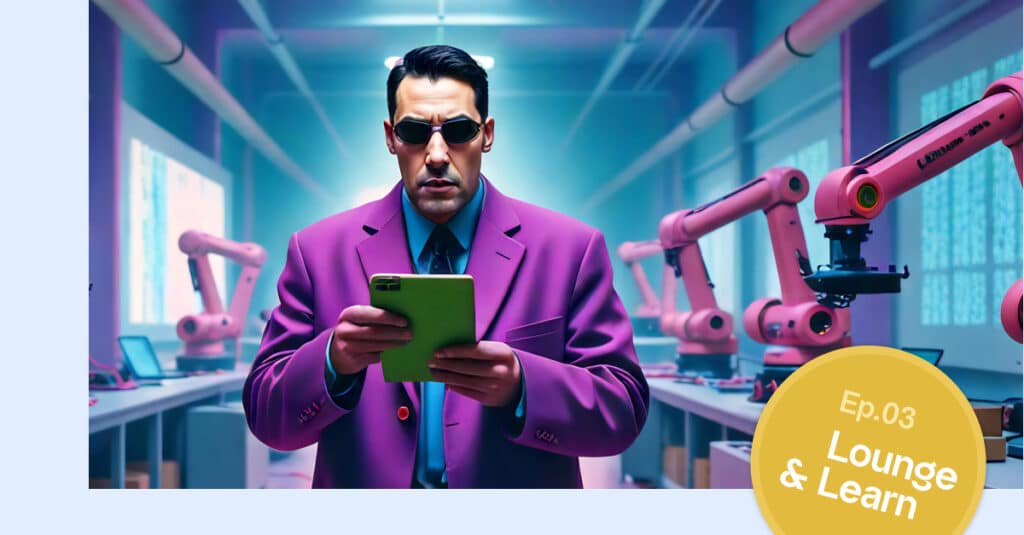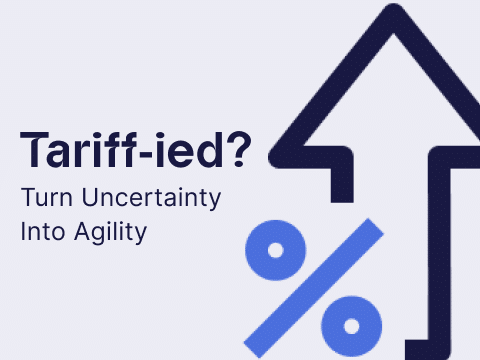
In the face of climate change, the food and beverage industry needs to focus on machines for a more efficient, sustainable water supply.
*This article first appeared on Food Logistics.
Water is one of the world’s most important resources, essential to the health and livelihood of every single human being on the planet. It’s also finite.
The global water supply chain must meet the needs of farmers, businesses and individuals daily. Of those consumer groups, agriculture is the largest, accounting for nearly 70% of the world’s water usage.
Demand for water is only growing, as climate change shifts water resources all around the world. Rivers are drying up, and water depletion is severely impacting populations that are already dealing with resource scarcity.
People in developing countries have largely borne the brunt of economic disruption from climate change so far, but the effects on water supply will be felt everywhere on earth. Already, climate change is combining with other factors like natural variability and anthropogenic influences to deplete water resources in Northern India, the Middle East, and elsewhere while increasing water availability in other areas.
As climate change progresses, populations inhabiting these depletion hot spots will become more vulnerable. In order for the water supply chain to support livelihood across the world and protect these hot spots from depletion, the world will need to address a couple of key challenges:
· Water usage in many industries is highly inefficient. How can we increase the efficiency of water usage for those industries?
· Moving water requires a lot of energy. In fact, 10% of the world’s electricity goes to powering pumps. How can we make water supply itself more efficient?
Both of these aspects are connected to machines. In thinking about water efficiency, we must focus on the equipment used to move, manage, and treat water. These machines themselves need to be more efficient, and need to act as sensors to detect how water flows through the veins of water systems across the world.
What this means for the food and beverage industry
The population is growing. The United Nations predicts it will reach between 9.4 billion and 10.2 billion by 2050. In order to meet the increased food needs of a growing population, the U.N. also predicts that demand for water will rise by 20-30%.
The food and beverage industry already stands to be heavily impacted by climate change in terms of water depletion. One 2019 analysis shows that scarcity of water for irrigation or animal consumption could contribute to $415 billion in lost revenue for food companies, and changing precipitation patterns (and their impact on crop production) put another $248 billion at risk.
As climate change makes water scarcity a bigger issue and the population continues to grow and demand more of it, companies within the food and beverage sector have to think about how to use water more efficiently. With a data-driven water supply chain, companies can gain more information about water usage and delivery, which will allow them to monitor potential areas for reducing consumption or decreasing waste.
Better global water supply demands better machines
Mechanical equipment is an integral part of the water supply chain. Machines that help move and distribute water will become even more critical in our search for solutions to the problem of how to sustain water supply as demand grows.
Internet of Things (IoT) devices and advances in artificial intelligence (AI) can give unprecedented real-time insight into equipment health and operations. When industries use these insights to see exactly how operations perform in real time, they can make sure machines run efficiently to minimize waste of both water and energy resources. What’s more, by integrating IoT and AI across the water infrastructure, we can enable new business models of water delivery.
Today, consumers in developed countries are used to getting water as a service. You can turn on a faucet and pay for whatever amount of water you consume. But municipalities and factories do not get water as a service. They have to buy the equipment and build the infrastructure themselves, then maintain it along with all of the other inputs required to bring it to their plant or facility.
Imagine if you had to buy, operate and maintain a pump every time you wanted to take a shower — that would be incredibly inefficient. But, that’s basically what factories and municipalities must do now. If we can rethink the water supply around infrastructure technologies, we can create a much more efficient delivery process.
Real-time insights for the operation, utilization, and health of equipment throughout the critical infrastructure of water can enable us to facilitate water delivery to large water consumers — think regional water utilities and industrial manufacturing.
Seamlessly monitored machines will promote novel business models that even up the consumption of water with the capabilities of the infrastructure that’s needed to deliver it. In the end, digitizing the equipment and adding new business models will promote a more sustainable, efficient global water system.
Amid crisis, re-think how to sustain water supply
During the COVID-19 pandemic, most industries, including water, have been operating with a significantly reduced and increasingly remote workforce. This makes the need for a virtual infrastructure — one capable of monitoring equipment dispersed over a large geographic area — greater than ever.
The current crisis presents a huge opportunity for companies that are able to provide that infrastructure and deliver it as a service, in much the same way tech companies can provide customers with digital infrastructures on an as-needed basis.
Equipment manufacturers and equipment users (e.g., factories, municipalities) would benefit from this model in a variety of ways. Factories would see significant cost reductions associated with equipment inspection, service, and maintenance; they would also be able to cut down on the need for on-site personnel. Over time, they could collect insights that allow them to anticipate and prevent major equipment malfunctions.
Similarly, manufacturers would have access to data that allows them to optimize equipment efficiency and reliability. They’d avoid costs associated with downtime and idle labor — and, ultimately, shift to a maintenance schedule that’s conditions-based rather than preventive.
Fortunately, the next generation of water supply chain management technology is already here. Industry leaders, however, have been hesitant to adopt it. Traditionally, there hasn’t been a lot of uncertainty around water supply. Water has been a commodity for thousands of years, and industries have been operating with the idea that they won’t experience significant changes in supply or demand, but that’s going to change. Traditional infrastructure-based industries will need to adapt as climate change impacts water supply across the globe.
Want to learn more? Just reach out and contact us!




